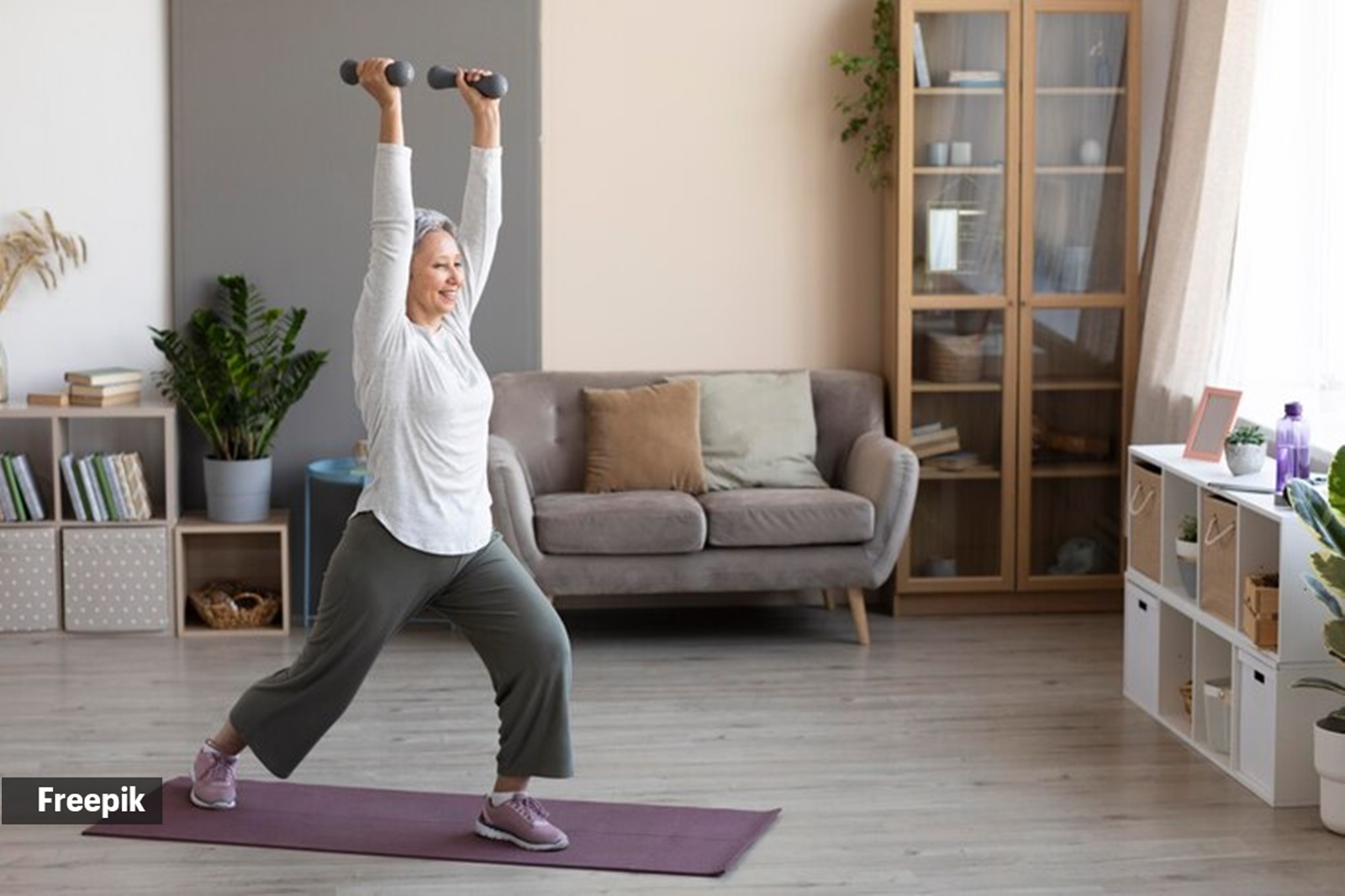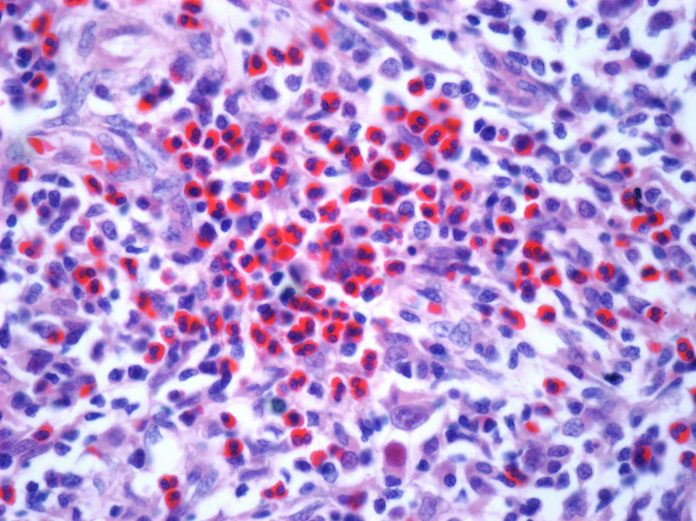Embracing an active lifestyle has long been touted as a cornerstone of overall well-being, but a recent study sheds light on the pivotal age when women should prioritise regular exercise to reap maximum benefits later in life.
According to research published in the journal PLOS Medicine, women who consistently engaged in 150 minutes of physical activity per week and those who reached this fitness threshold by age 55 experienced significantly higher physical health scores compared to their less active counterparts.
The authors mentioned in the study, “Our findings suggest that to maintain good physical health-related quality of life at around age 70, one may be able to “make up” for not being active earlier by becoming active in the mid-50s. This finding supports public health initiatives for messaging around “turning back the clock” in midlife through lifestyle changes such as physical activity.”
The study’s findings stress upon the profound impact of midlife exercise habits on physical health in later years. Dr Vinutha G, senior consultant gynaecologist and women health expert at Athreya Super Speciality Hospital, Bengaluru, says, “Starting regular exercise by age 55 has a significant impact on physical health. Women who begin exercising at this age or continue to maintain physical activity levels tend to have better physical health scores.”
The study followed women in their late 40s and early 50s and found that those who met the 150-minute weekly activity guideline had higher physical health scores, she adds. “Starting earlier in life is even better, as it establishes long-term habits, but starting by 55 still offers substantial benefits compared to starting later.”
Specific exercises recommended for women aiming to meet the 150-minute weekly activity guideline
To meet the 150-minute weekly activity guideline, Dr Vinutha recommends a mix of moderate-intensity aerobic activities and muscle-strengthening exercises. Here are some examples:
Moderate-Intensity Aerobic Activities: Brisk walking, cycling on flat terrain, water aerobics, and doubles tennis. These exercises should allow you to talk but not sing during the activity.
Muscle-Strengthening Exercises: Activities such as weight lifting, resistance band exercises, or body-weight exercises like squats and push-ups. Aim for at least two days a week focusing on major muscle groups.
Dr Vinutha explains, “Balancing these exercises throughout the week can involve 30 minutes of moderate-intensity activity five days a week, coupled with muscle-strengthening activities on two or more days. This balance ensures comprehensive benefits, including cardiovascular health, muscle strength, and endurance.”
Particular health conditions or risk factors that women should consider
When planning to increase physical activity levels, Dr Vinutha states, women should consider the following health conditions and risk factors:
Cardiovascular Conditions: Those with heart disease or high blood pressure should consult a healthcare provider to tailor an exercise program that is safe and effective.
Joint Issues or Osteoporosis: Women with arthritis or osteoporosis should focus on low-impact activities like swimming or cycling to avoid joint stress while strengthening bones and muscles.
Diabetes: Regular exercise can help manage blood sugar levels, but it’s important to monitor levels closely and adjust medication as needed.
Chronic Pain: Conditions like chronic back pain or fibromyalgia require a careful approach to avoid exacerbating pain while still reaping the benefits of physical activity.
© IE Online Media Services Pvt Ltd
First uploaded on: 20-06-2024 at 13:24 IST












